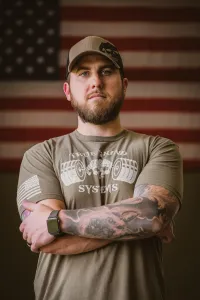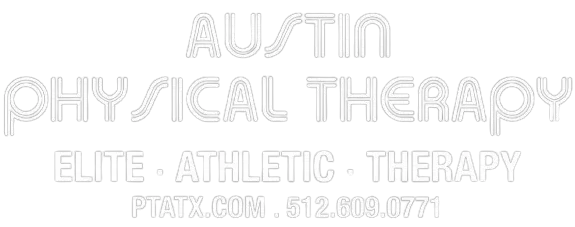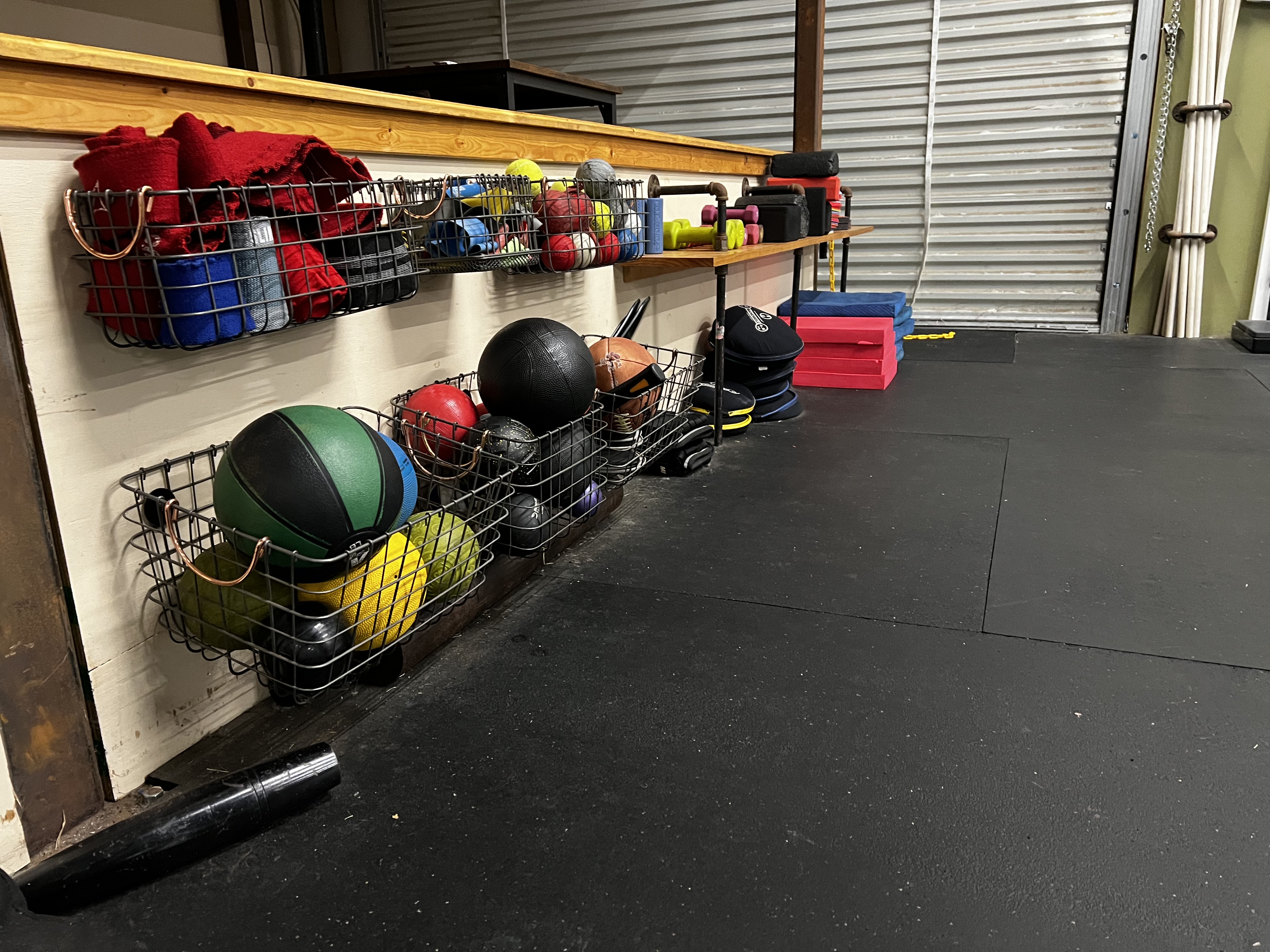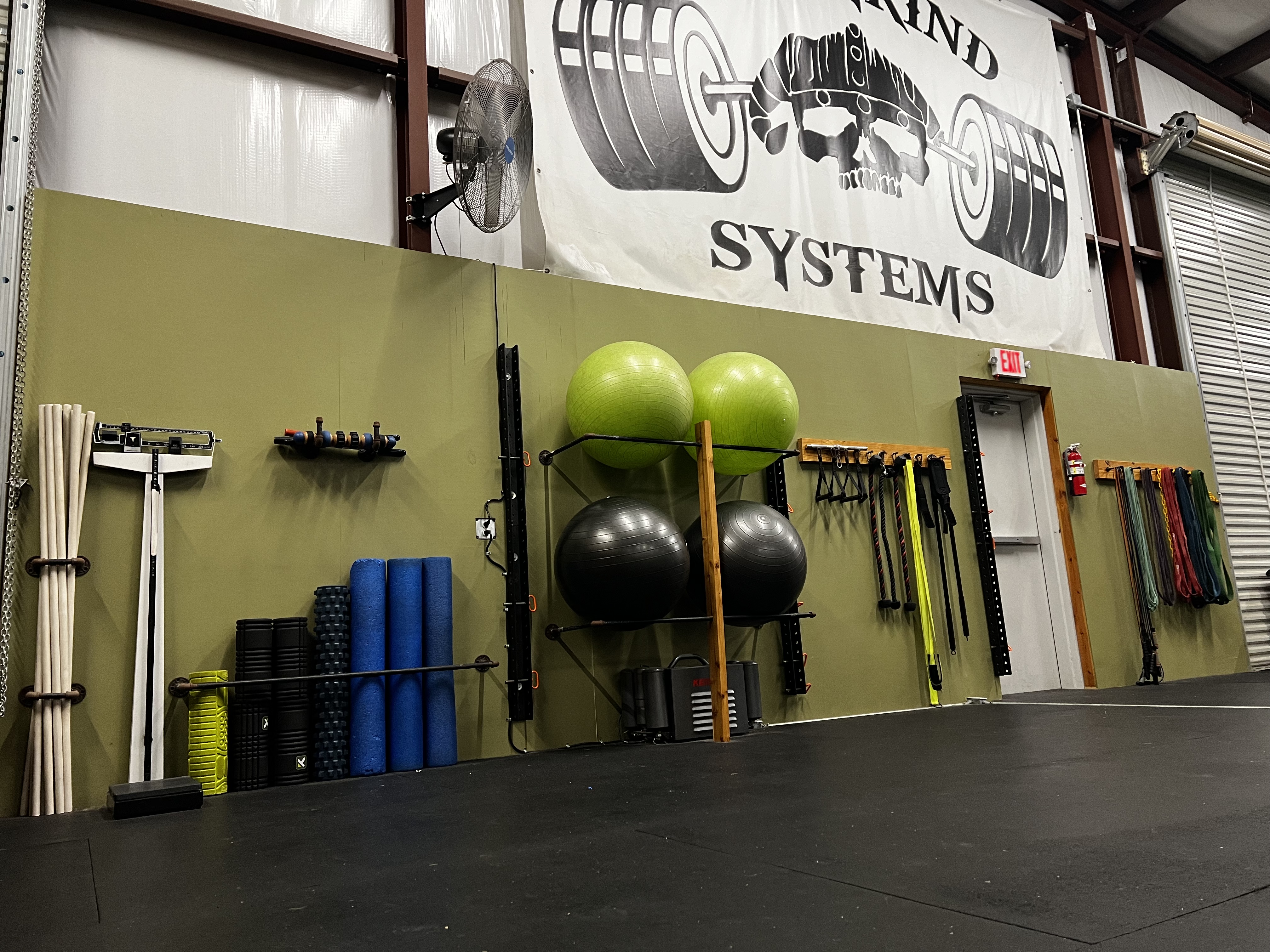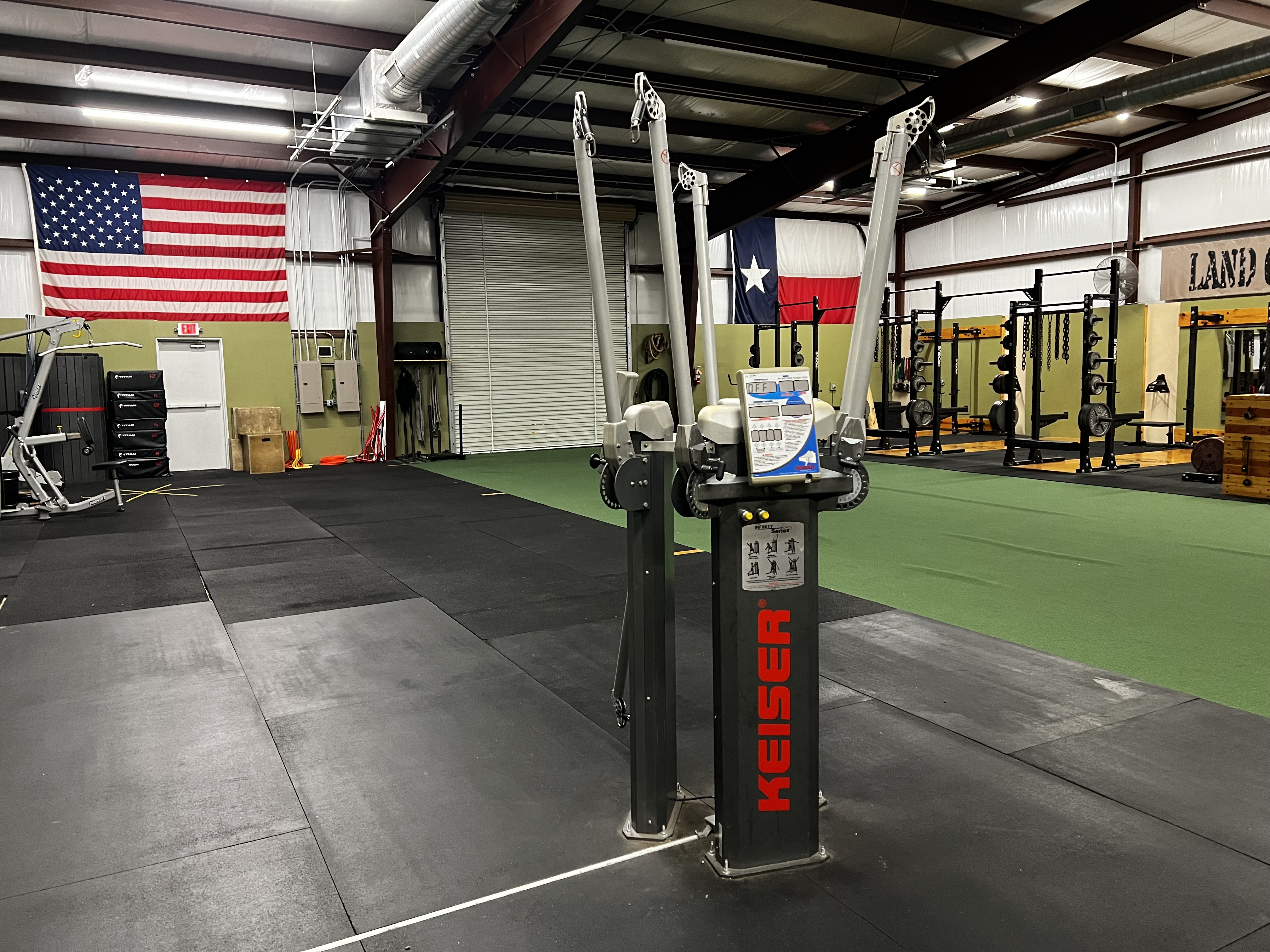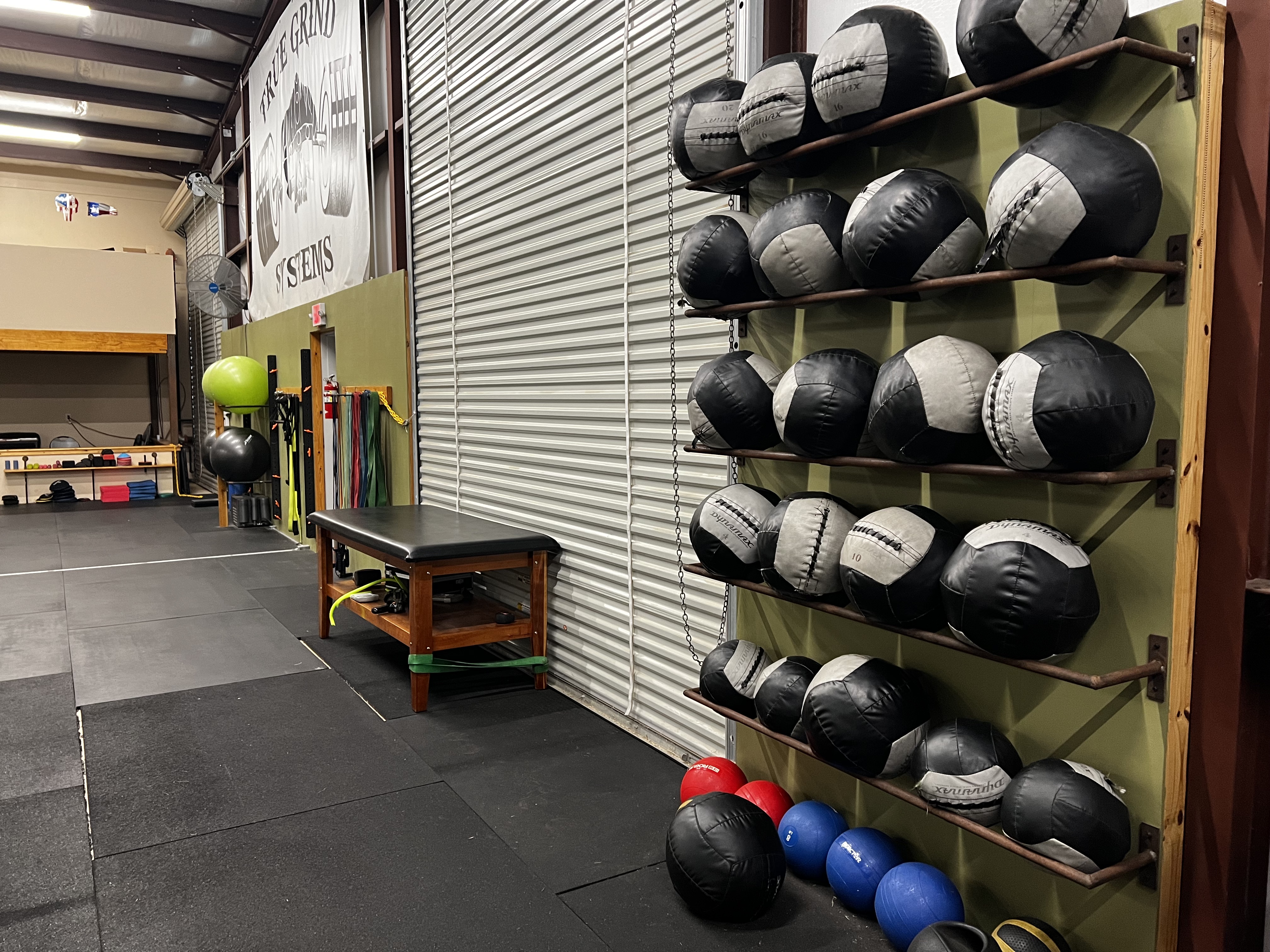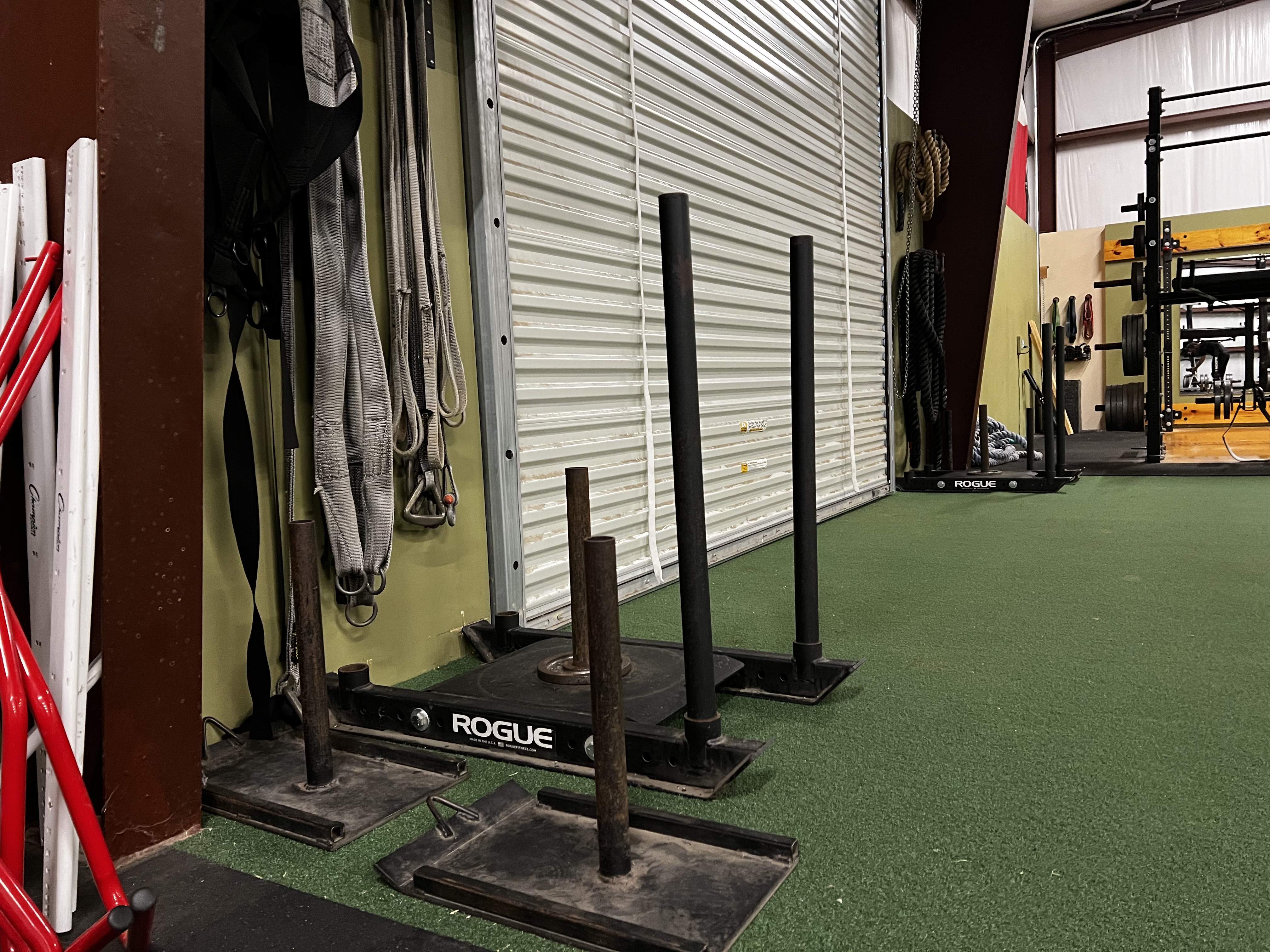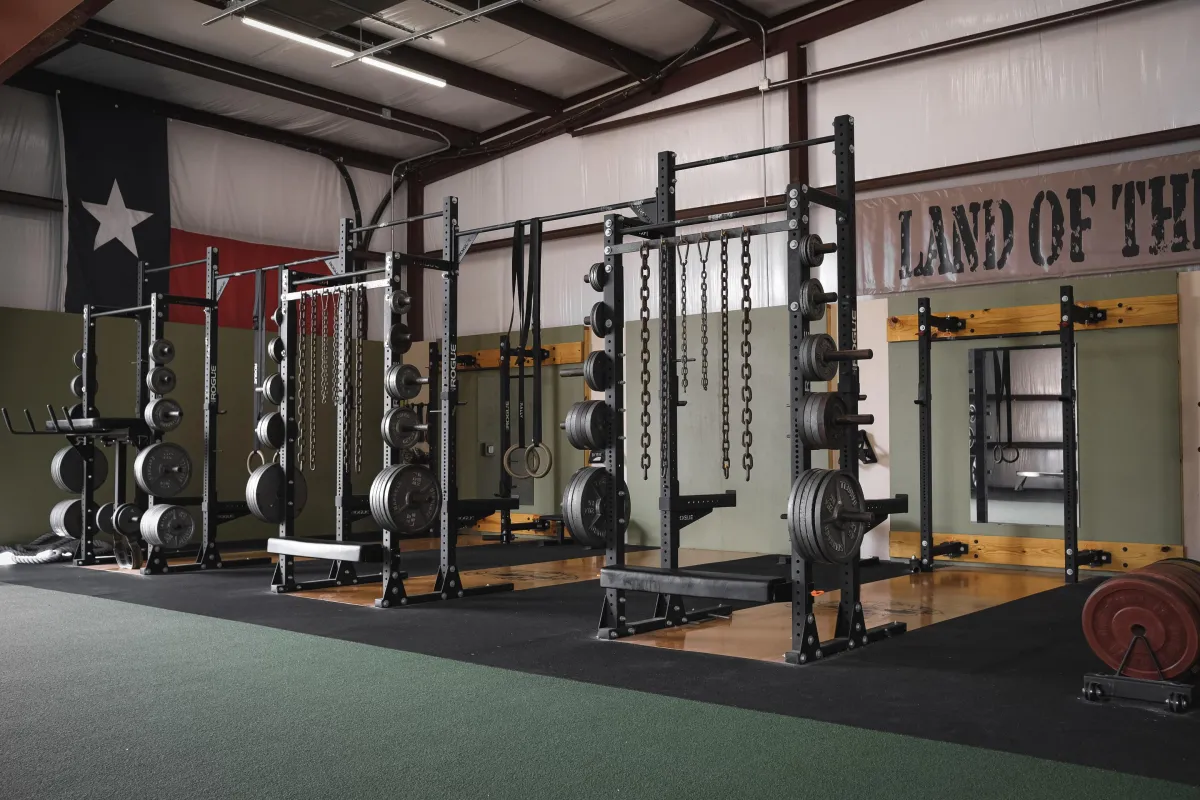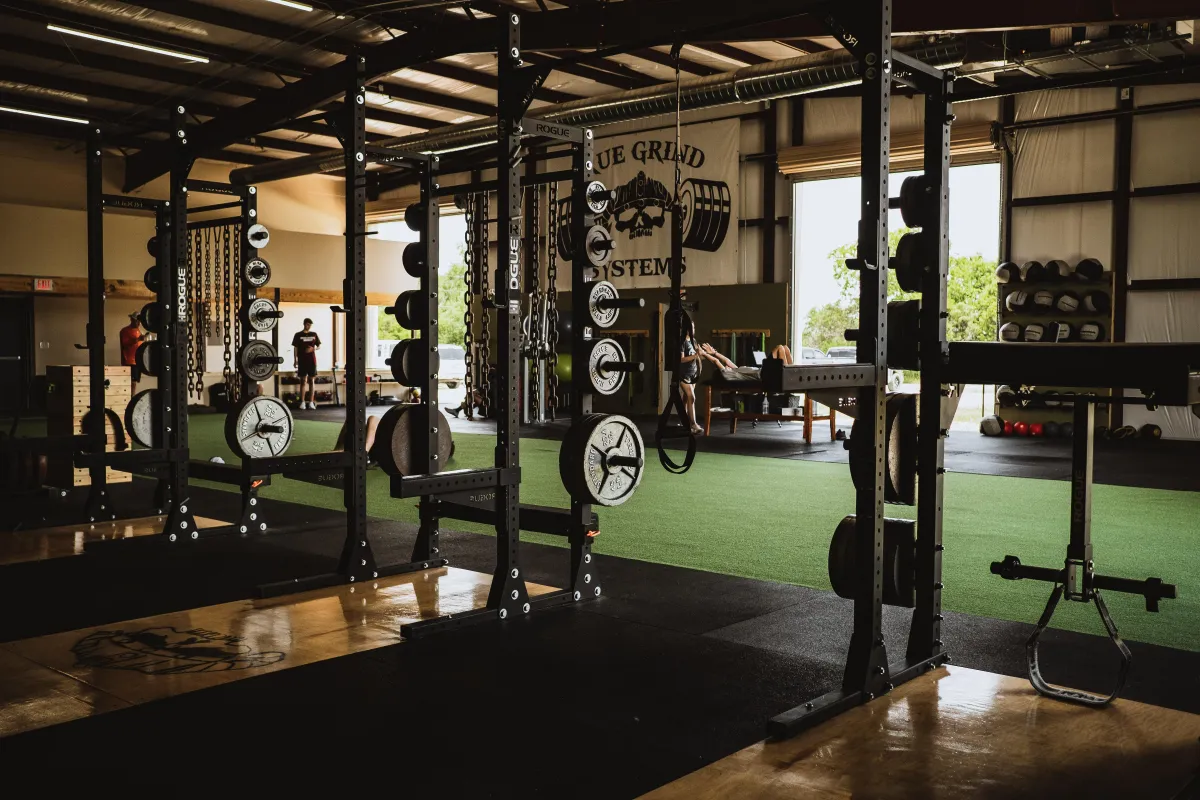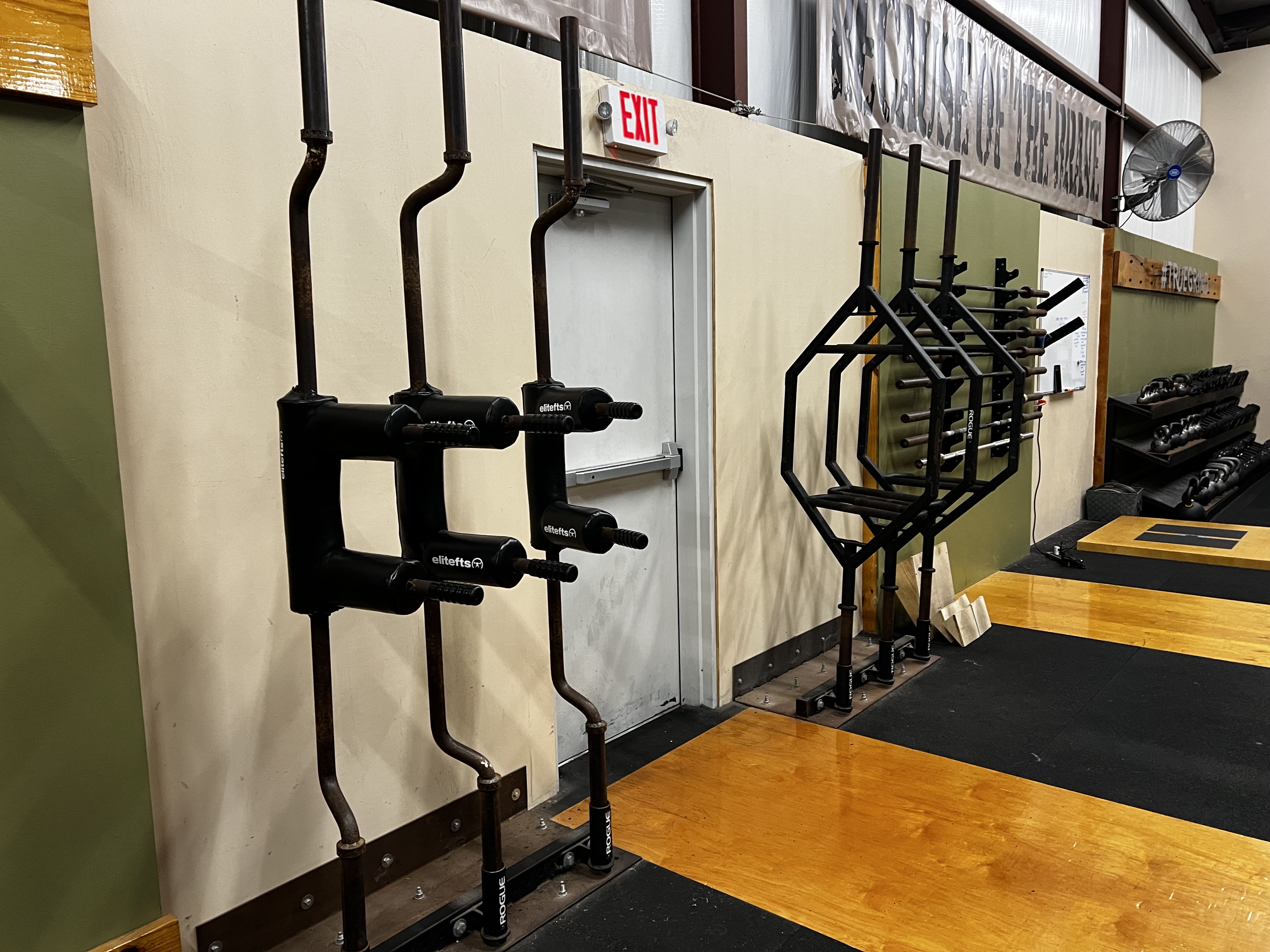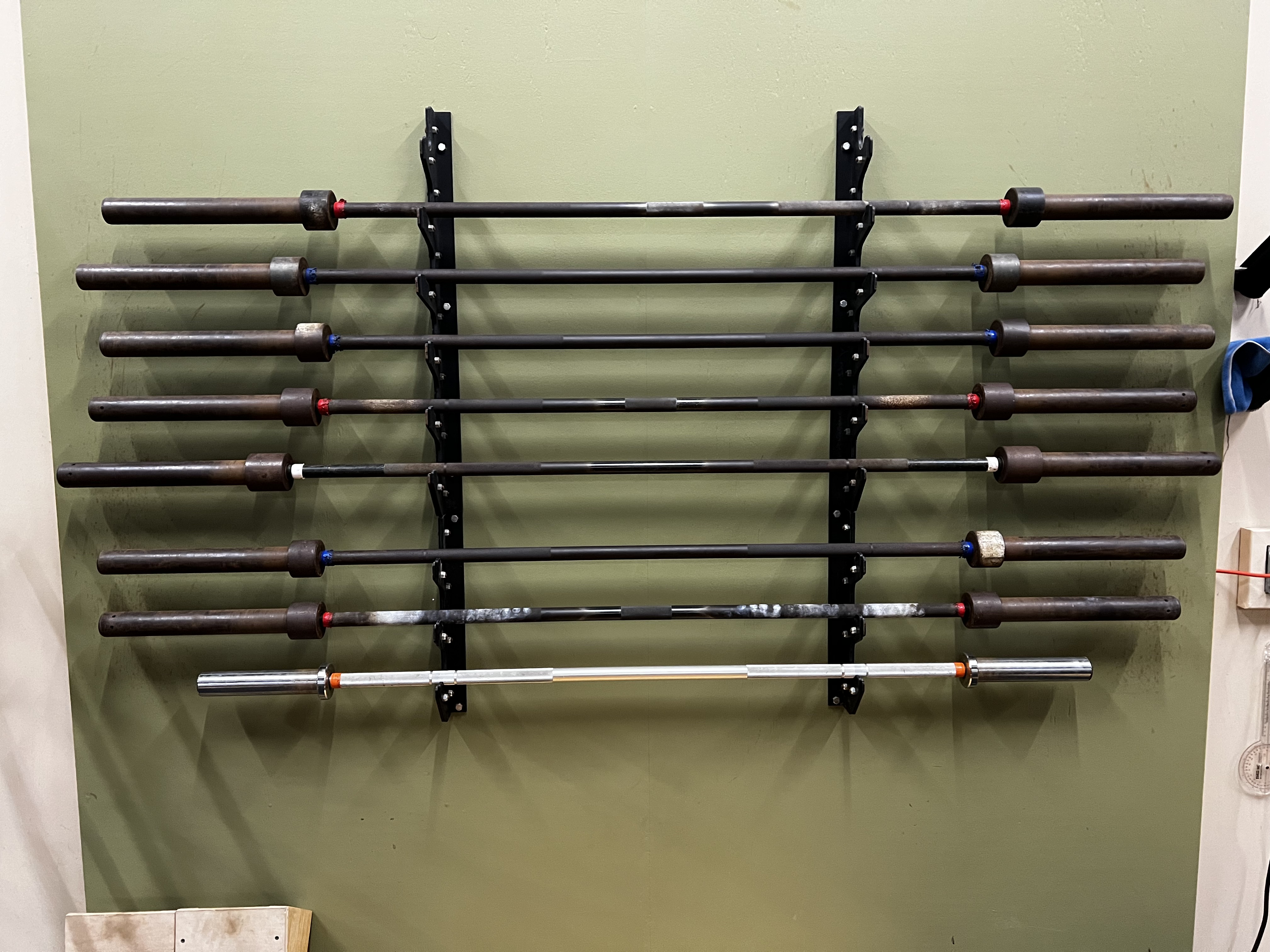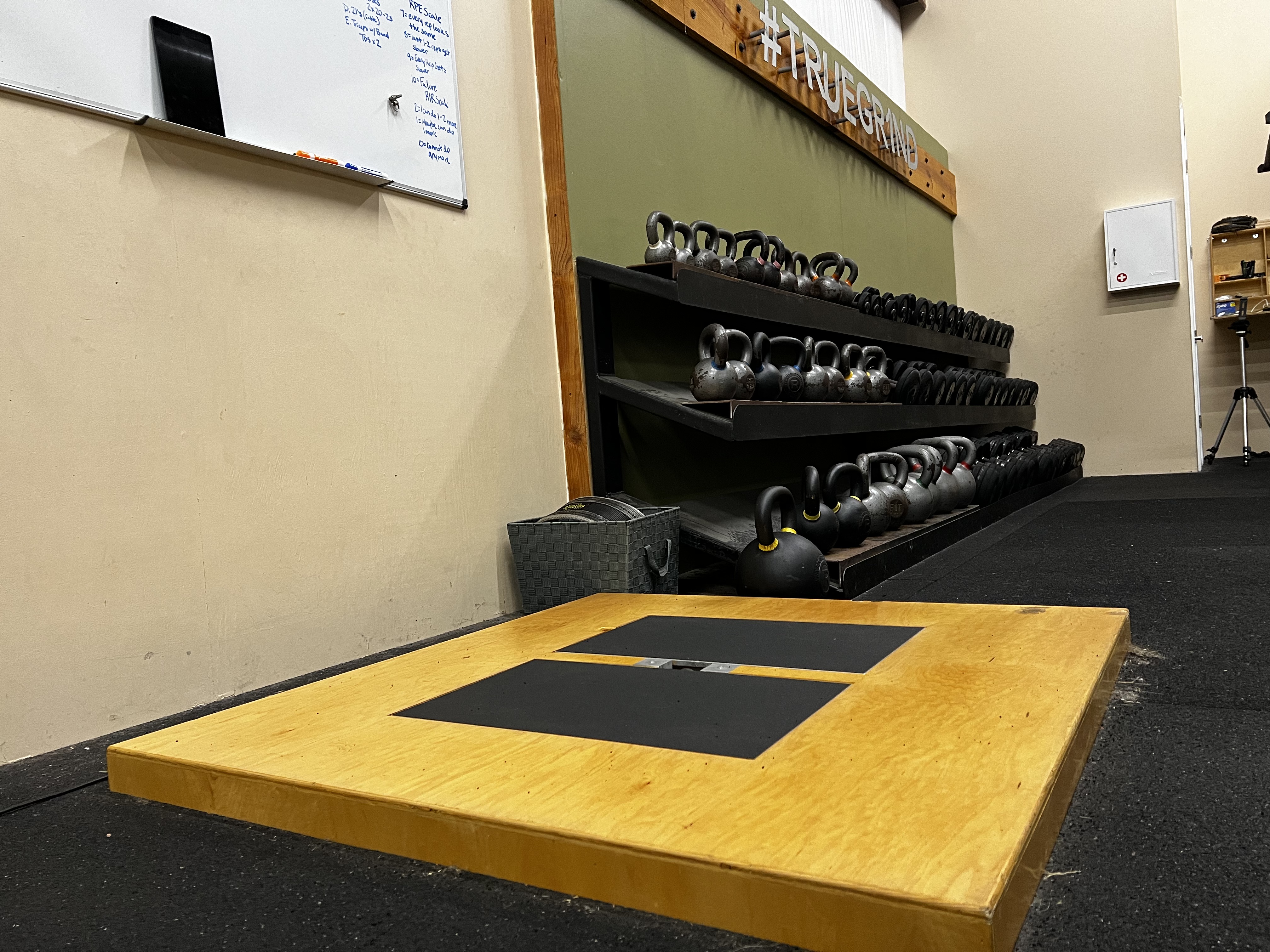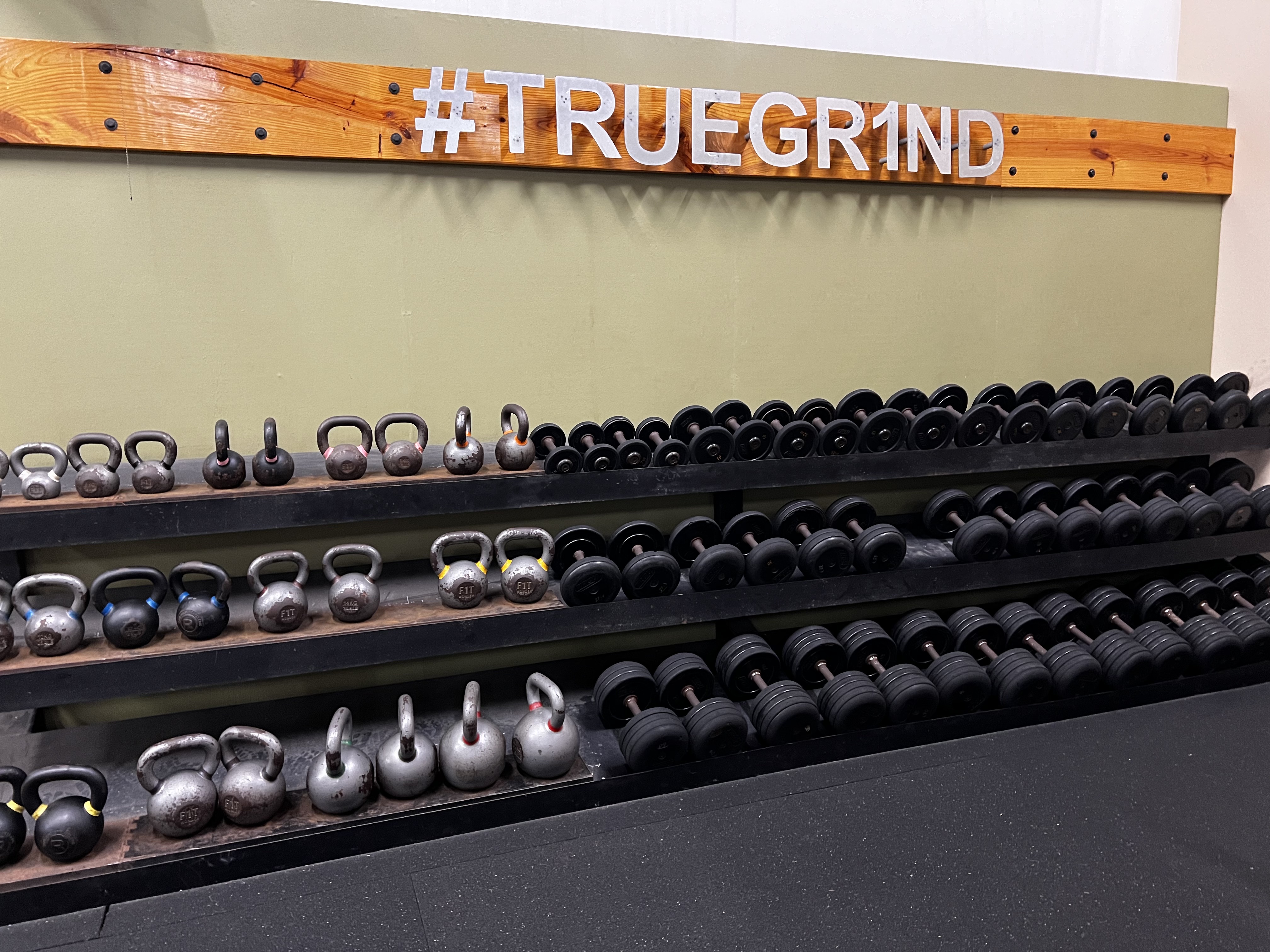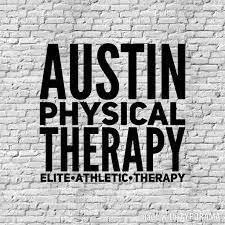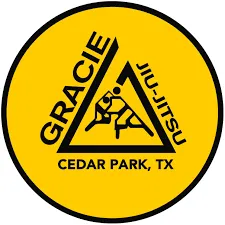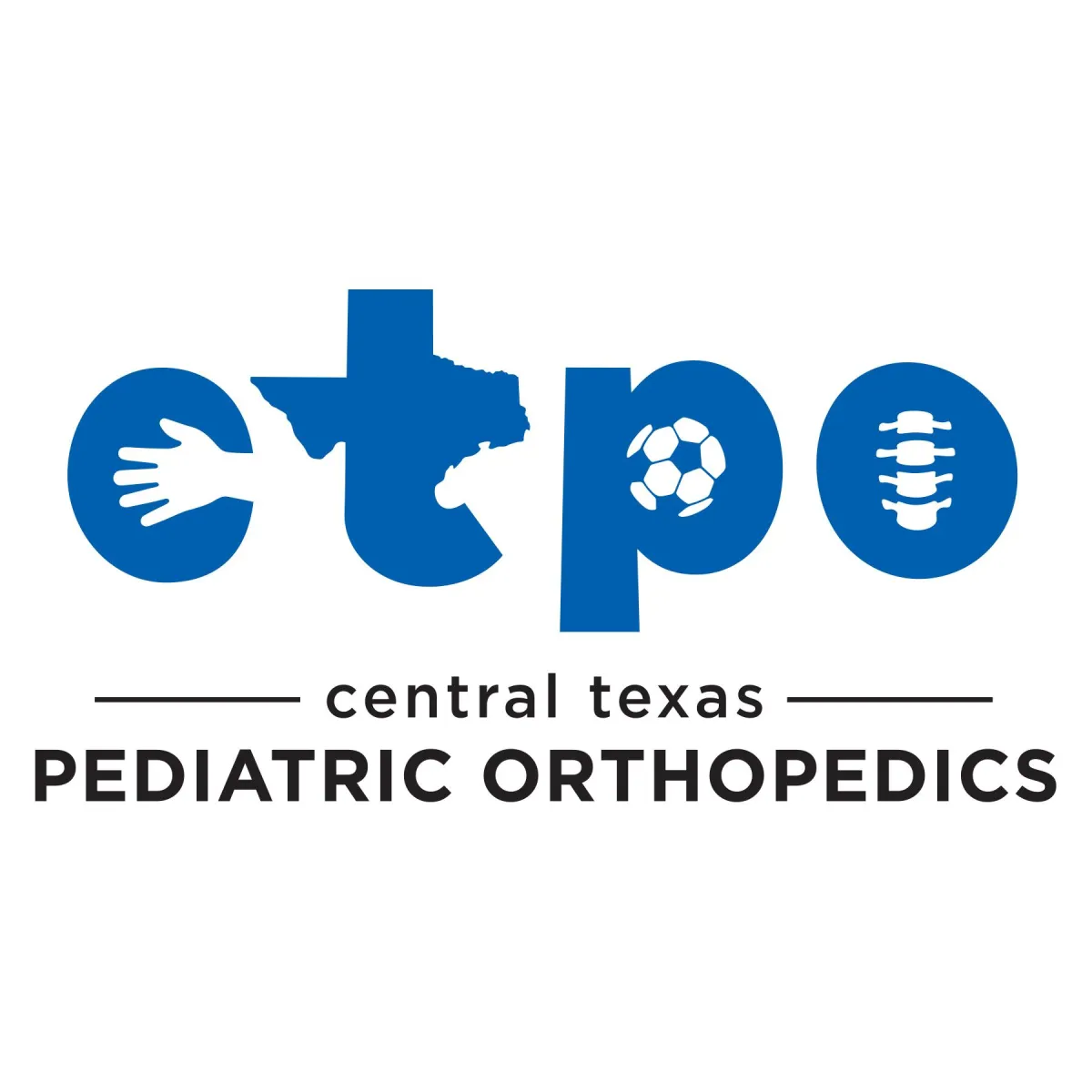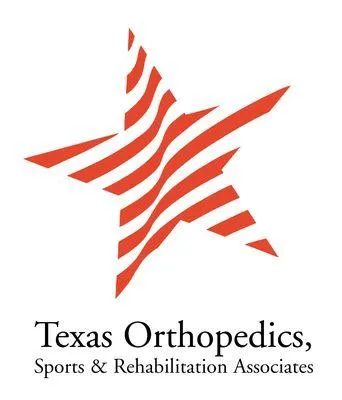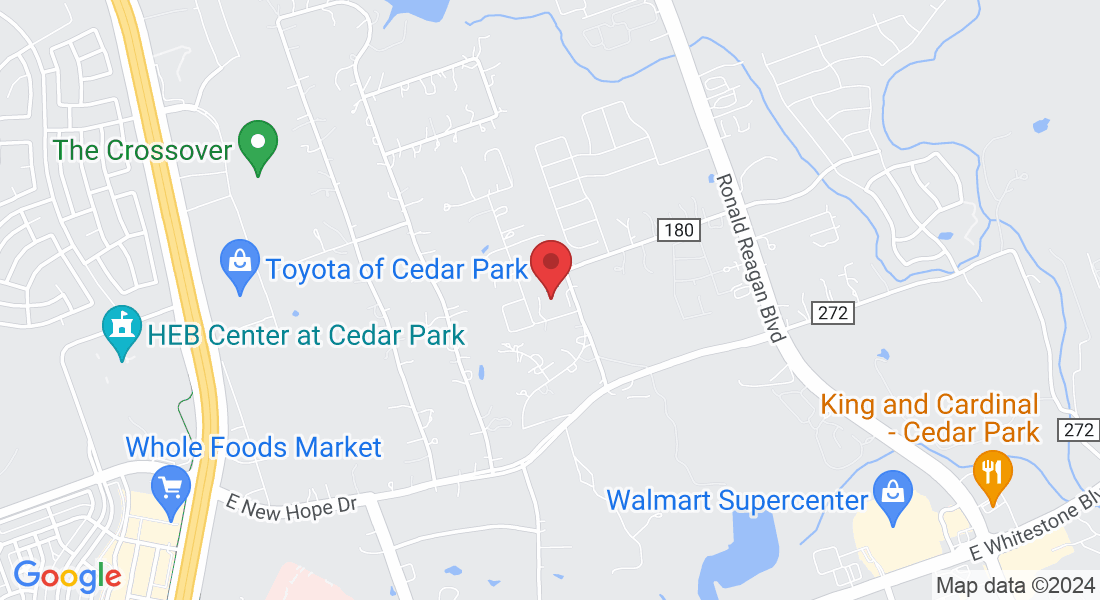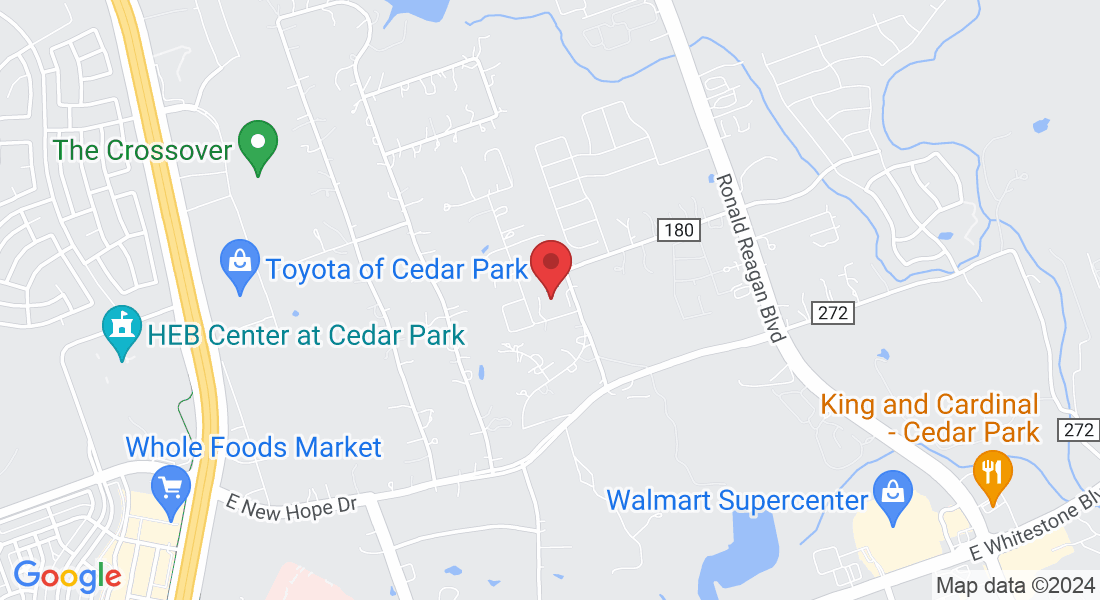SIGN UP NOW!
TRUE GRINDS'
COLLEGIATE SUMMER PROGRAM
LEARN ABOUT
TRUE GRIND'S SYSTEMS
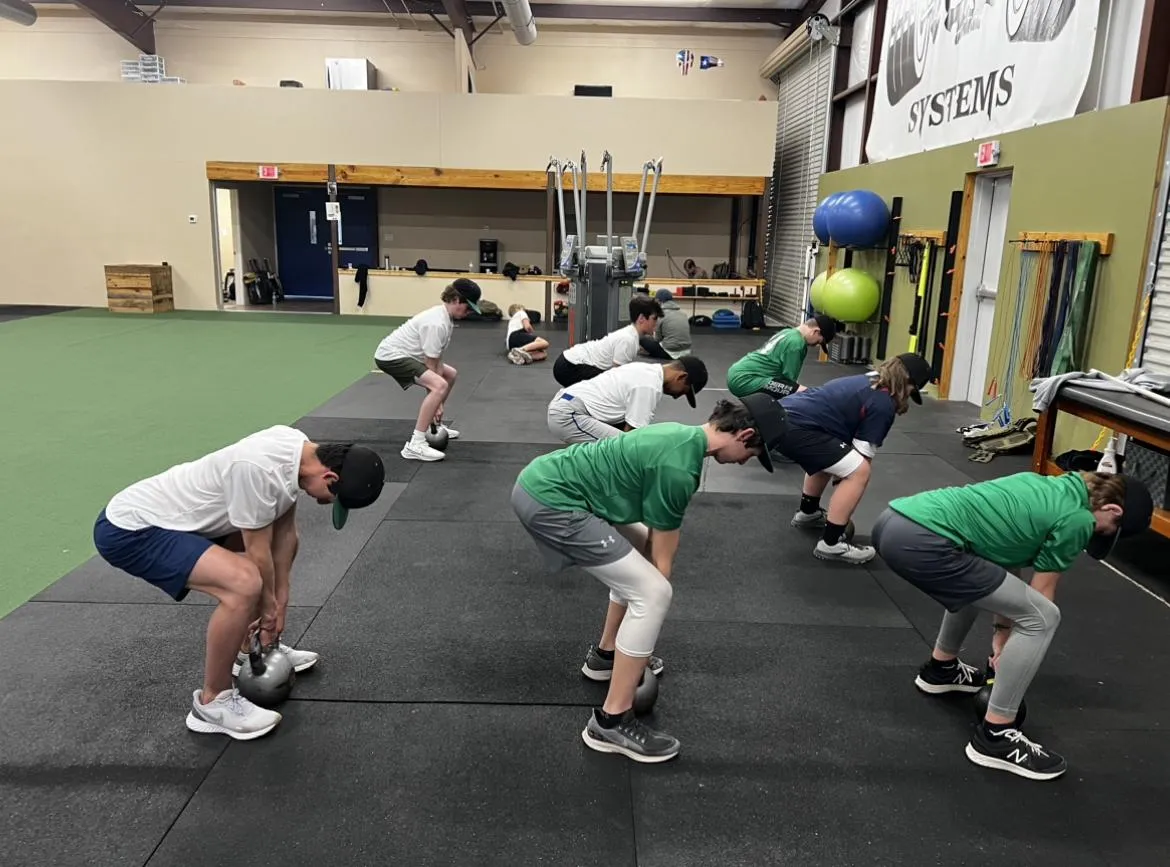
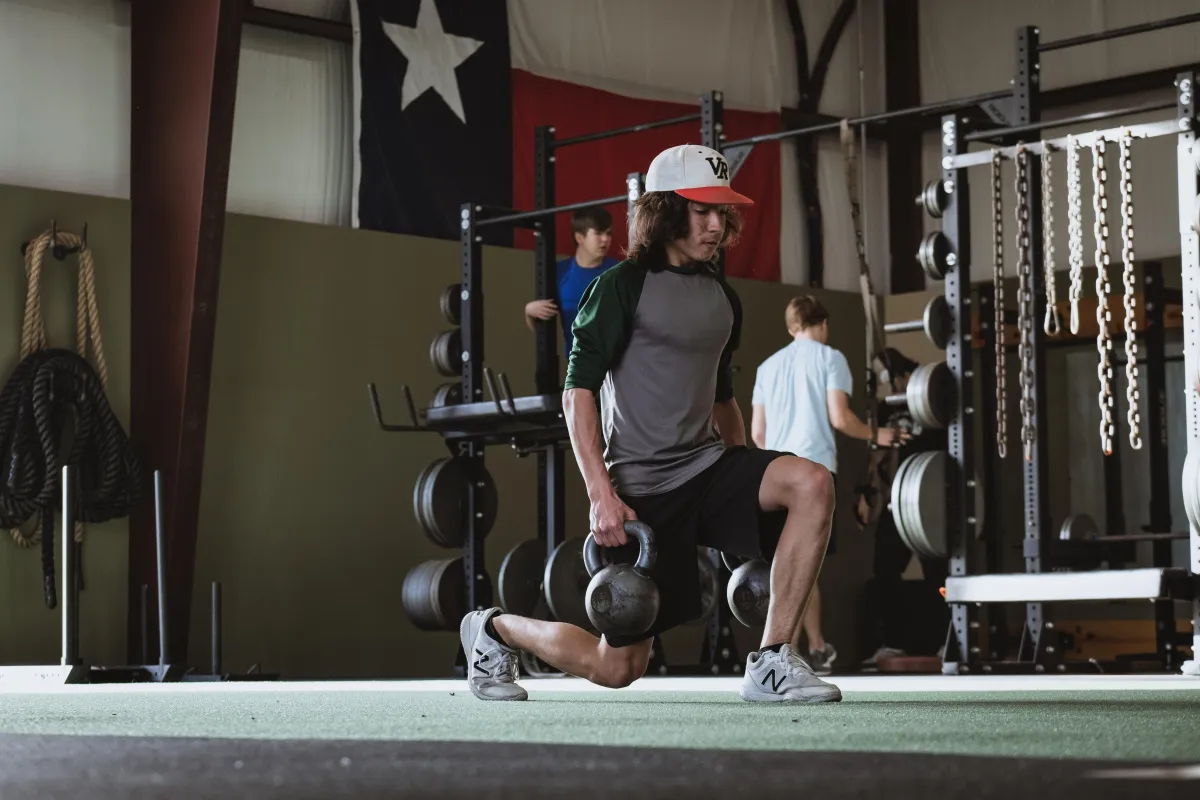
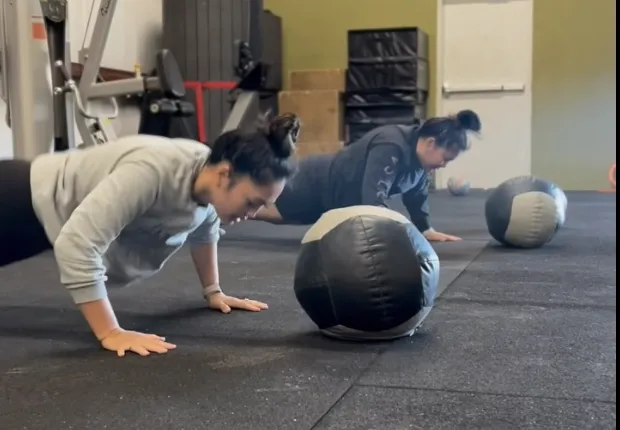
Performance-Oriented Youth Strength & Speed Classes
Our most efficient, individualized system for high level athletes
Adaptable & progressive program that caters to all fitness levels
----------- Testimonials ------------
The Results are Real
I came to true grind following my first season of college baseball. I knew I needed to change the way I worked out to stay competitive. Prior to working out at true grind I lifted like a bodybuilder and not like an athlete, this resulted in limited mobility and back pain. True grind worked with me to assess what my needs were and what to do to fix those issues. True grind provided the structure I needed to workout smarter and come closer to my goals.
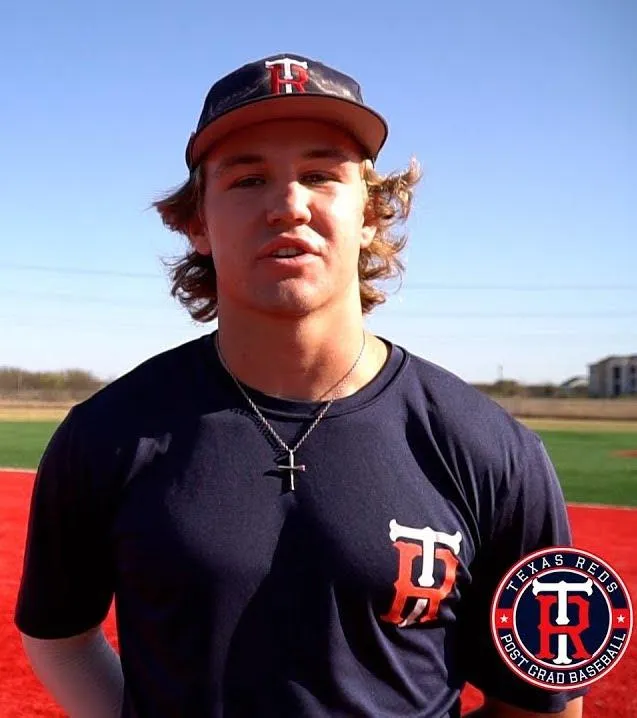
Steel Kupec
Huston-Tillotson Pitcher
The Grind
thǝ /grīnd/
Verb phrase
1. The sacrifices you will make, the friends you'll lose, the sleep you will never get back, the social life you won't have, and the hours you'll never get paid for; It's everything you give to relentlessly chase your dream.
2. Getting after it.
CAN'T MAKE IT TO TRUE GRIND SYSTEMS?
BLOGS
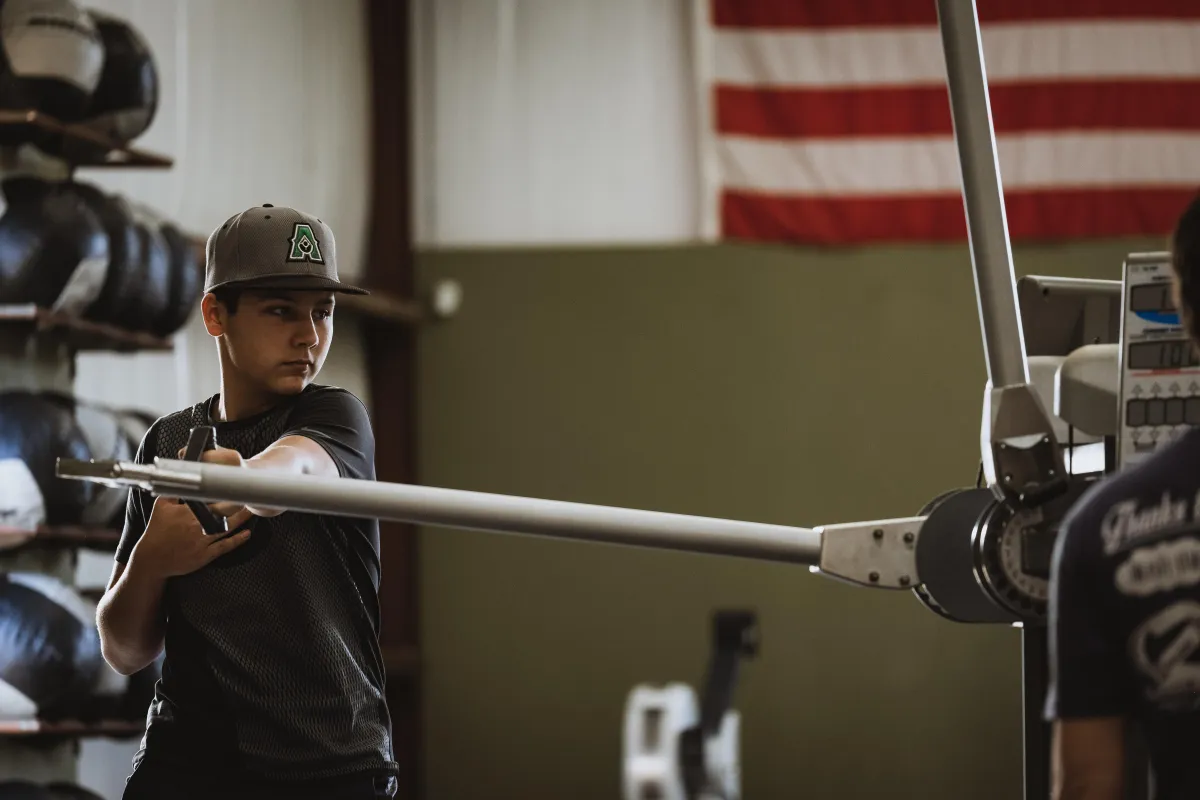
Strength Training for Youth - pt 2
First and foremost the overall goal of training youth athletes, ages 8-13, is keeping it FUN!! We must obtain a positive association with strength training and the gym. This is the only way to keep their young minds engaged and committed to the program. They might not fully understand the importance of learning how to squat properly, doing more push-ups, and working on mobility. The only measure that matters to youth is:
Is it fun? Or is it not fun?
After that, the goal is to improve body awareness and control. This starts by laying a solid foundation of quality movement.
The basic outline of our youth program looks like:

Warm-Up: 10 minutes
Soft Tissue Work
Movements/Mobility
Blood Flow
Speed/Plyometrics: 20 minutes
Agility
Sprints
Jumps
Medicine Ball
Hand-Eye Coordination
Strength: 20 minutes
Squat
Deadlifts
Push-Ups
Rows
Lunges
Finisher/Game: 10 minutes
Race
Relay
Mirror Drills
Tag Games
Obstacle Course
Warm-Up
This is an overlooked but vital part of youth training, or all training for that matter. First it’s our chance to educate the athlete on the importance of taking care of their body. They will learn about the muscles, where they’re at, what they do, etc. But, It’s also a great opportunity to get to know the athlete on a higher level. Find out what they enjoy doing. Favorite movie, music genre, food. Their favorite player, team and other sports they are interested in. This will not only help develop trust between the athlete and coach, but you will also acquire valuable intel on how to cue them during future exercises.For example, if they love to play basketball and we are working on jumping with max intent, we can cue the athlete by referring to gathering a rebound. A quick/powerful jump as high as you can. We can also better incorporate tools and props throughout the program. For example, if they like football and we are running some sled sprints, we can do a simple quarterback handoff or a post route to a touchdown pass. Easy integrations that go a long way.
These are dynamic movements used to prime the body for the upcoming exercises, loosen up stiff muscles and help maintain mobility. We do 4-6 movements like hip bridges and planks to activate the glutes and core, spiderman lunges with rotation to warm up the legs and thoracic spine, leg cradles and heel pull backs to work hip mobility.
Speed/Plyometrics
Introducing form and technique drills for running and jumping will promote good habits and safe practices. We integrate basic running progressions and simple plyometrics like sprints, skips, jumps, bounds and hops. Using tools like boxes, cones, and jump ropes.
One thing we continuously work on is proper landings. Learning how to absorb force efficiently will help build strength in the lower body, increase performance, and protect them from injuries. Things like depth drops are heavily utilized and widely varied. We keep the fall relatively small, rarely going over a 16 inch drop. But mix it up with single leg/double leg and adding sprints, jumps, and catches after they establish a stable platform.
Strength
For the strength part, we pick 4-8 exercises maintaining an even blend of upper body and lower body movements. We use supersets, circuits, AMRAP, EMOMs and various other methods for organizing this portion of the workout. This helps keep it fun and engaging for the young athletes.
On the lower body exercises we choose one knee dominant and one hip dominant. So things like Goblet Squats and Box Step-Ups for knee dominant and Walking Lunges and Kettlebell Deadlifts for hip dominant. For the upper body, we balance out pressing and pulling exercises. Simple Push-Ups and Inverted Rows are frequently used exercises. We also do a lot of isometric and eccentric work like Bent-Arm Hangs and Bodyweight Squat Holds.
With the strength-building exercises, we tend to lean towards less is more. We don’t get overly complicated with anything. Learning the basics of how to move and focus on developing a foundation to build upon is our main goal.
Finisher
Finally, it’s important to leave the athlete with a fun, lasting memory. One that will keep them coming back for more. For this, we like to end with some sort of finisher. Playing games like tag, spikeball or simply running football routes are awesome ways to continue developing and having lots of fun at the same time.
Another thing is constructing obstacle courses. Getting creative with the equipment and what the athletes enjoy can be just as fun for the trainer as it is for the kids. It’s also an easy way to plug in some movements that we might have missed during the session. For example, if we didn’t incorporate any carrying into the workout, then we can get creative with adding carries into the finisher.
Eventually, the athlete will begin to mature both physically and mentally. They will become bored with the pace and nothing will present a real physical challenge to them. They’ll be executing the exercises with speed and ease while everyone else is struggling to maintain balance. This is when we look to graduate an athlete from our youth class into our higher-level programs. The programs are still focused on a broad range of lifts and movements to better develop body control and force production, but specifically tailored to that particular athlete. This way the athlete continues to be challenged and developed throughout their career.
TRUE GRIND'S FORMULA
-- OWN --
Take ownership of your game and stop blaming others for your failures.
-- LEAD --
Lead your team by being the hardest worker with a team first attitude.
-- WIN --
Dominate your opponent at the highest level and win championships.
THE TEAM
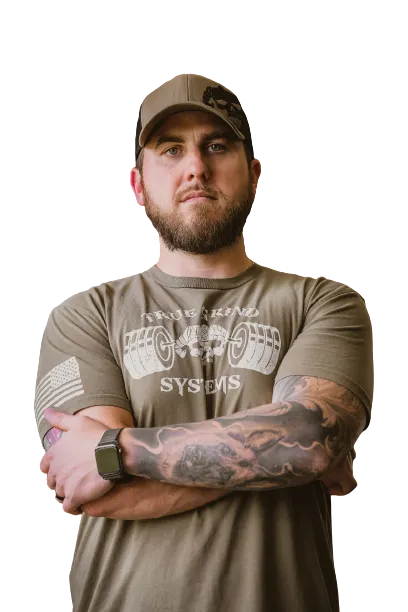
Brandon Janecka
Strength Coach
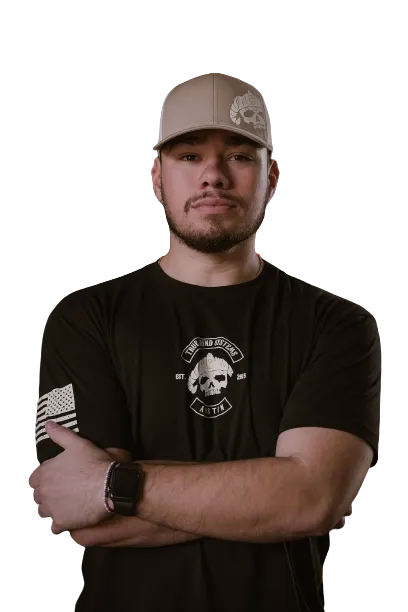
Ian Perez
Advance System Coach
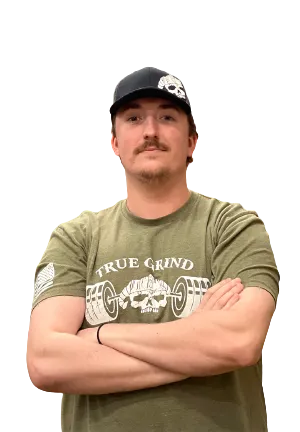
Erik Miller
Advance System Coach
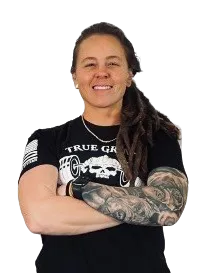
Kadi Rae Carr
Adult System Coach

Daniel Cano
Adult System Coach
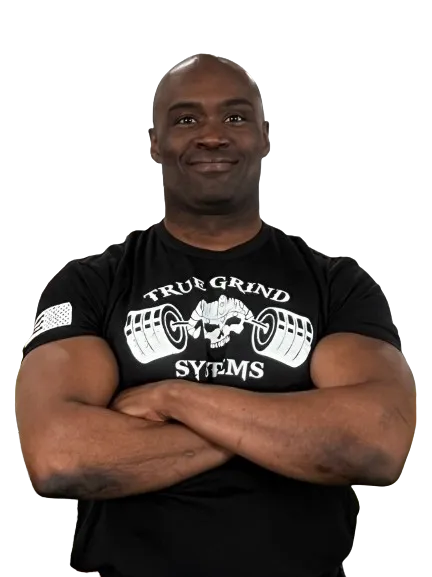
Avian Jordan
Adult System Coach
Which system am I?
If you are between the ages 8 - 13 and have zero to little weight room experience; our Youth System is a perfect place to start.
If you are above the age of 12, have some sort of weight room experience, and are looking for the next level training; our Advance System is for you.
If you are an adult looking to train with other like minded individuals on strength, power, mobility and endurance; our Adult System is the best option.
What ages do you train?
8 years and older.
Does strength training make you slower and less flexible?
Not the way we do it. We train all aspects of sports performance.
All of our programs have an appropriate amount of strength, speed, power, and mobility.
What if all my kids want to train?
We offer a “same household” discount. Each additional athlete living under the same roof is 50% off.
Must be 18 or younger to apply.
Do you have contracts?
At this time we do not offer contracts. Our programs run month-to-month with no obligation to renew.
How much does it cost?
We have a tiered pricing model that fluctuates based on how many days per week the athlete is training at True Grind Systems. Click the link below to view our pricing model.
THE FACILITY

2100 Downing Ln - suit B
Leander Tx, 78641
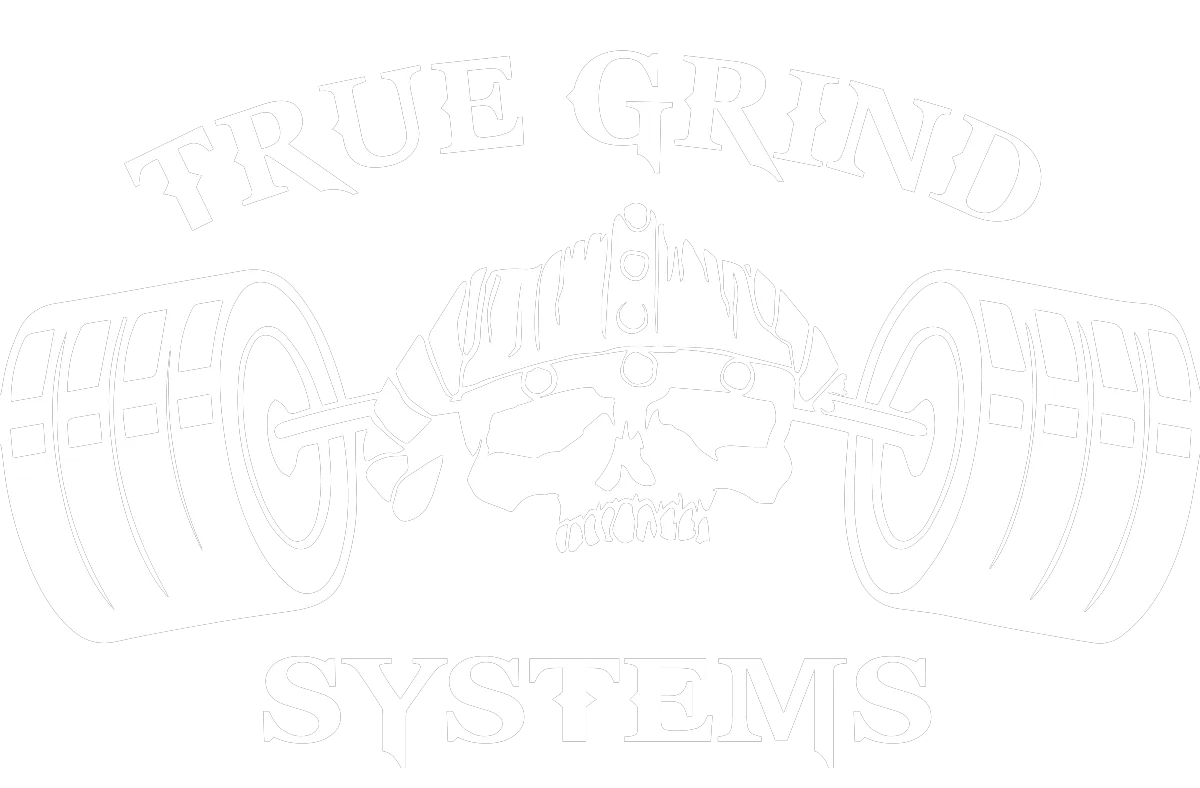
Copyright 2022 . All rights reserved
737-219-9197
info@truegrindsystems.com
SIGN UP NOW!
TRUE GRINDS'
COLLEGIATE SUMMER PROGRAM
LEARN ABOUT
TRUE GRIND'S SYSTEMS

Performance-Oriented Youth Strength & Speed Classes

Our most efficient, individualized system for high level athletes

Adaptable & progressive program that caters to all fitness levels
----------- Testimonials ------------
The Results are Real
I came to true grind following my first season of college baseball. I knew I needed to change the way I worked out to stay competitive. Prior to working out at true grind I lifted like a bodybuilder and not like an athlete, this resulted in limited mobility and back pain. True grind worked with me to assess what my needs were and what to do to fix those issues. True grind provided the structure I needed to workout smarter and come closer to my goals.

Steel Kupec
Huston-Tillotson Pitcher
The Grind
thǝ /grīnd/
Verb phrase
1. The sacrifices you will make, the friends you'll lose, the sleep you will never get back, the social life you won't have, and the hours you'll never get paid for; It's everything you give to relentlessly chase your dream.
2. Getting after it.
CAN'T MAKE IT TO TRUE GRIND SYSTEMS?
TRUE GRIND BLOGS

Strength Training for Youth - pt 2
First and foremost the overall goal of training youth athletes, ages 8-13, is keeping it FUN!! We must obtain a positive association with strength training and the gym. This is the only way to keep their young minds engaged and committed to the program. They might not fully understand the importance of learning how to squat properly, doing more push-ups, and working on mobility. The only measure that matters to youth is:
Is it fun? Or is it not fun?
After that, the goal is to improve body awareness and control. This starts by laying a solid foundation of quality movement.
The basic outline of our youth program looks like:

Warm-Up: 10 minutes
Soft Tissue Work
Movements/Mobility
Blood Flow
Speed/Plyometrics: 20 minutes
Agility
Sprints
Jumps
Medicine Ball
Hand-Eye Coordination
Strength: 20 minutes
Squat
Deadlifts
Push-Ups
Rows
Lunges
Finisher/Game: 10 minutes
Race
Relay
Mirror Drills
Tag Games
Obstacle Course
Warm-Up
This is an overlooked but vital part of youth training, or all training for that matter. First it’s our chance to educate the athlete on the importance of taking care of their body. They will learn about the muscles, where they’re at, what they do, etc. But, It’s also a great opportunity to get to know the athlete on a higher level. Find out what they enjoy doing. Favorite movie, music genre, food. Their favorite player, team and other sports they are interested in. This will not only help develop trust between the athlete and coach, but you will also acquire valuable intel on how to cue them during future exercises.For example, if they love to play basketball and we are working on jumping with max intent, we can cue the athlete by referring to gathering a rebound. A quick/powerful jump as high as you can. We can also better incorporate tools and props throughout the program. For example, if they like football and we are running some sled sprints, we can do a simple quarterback handoff or a post route to a touchdown pass. Easy integrations that go a long way.
These are dynamic movements used to prime the body for the upcoming exercises, loosen up stiff muscles and help maintain mobility. We do 4-6 movements like hip bridges and planks to activate the glutes and core, spiderman lunges with rotation to warm up the legs and thoracic spine, leg cradles and heel pull backs to work hip mobility.
Speed/Plyometrics
Introducing form and technique drills for running and jumping will promote good habits and safe practices. We integrate basic running progressions and simple plyometrics like sprints, skips, jumps, bounds and hops. Using tools like boxes, cones, and jump ropes.
One thing we continuously work on is proper landings. Learning how to absorb force efficiently will help build strength in the lower body, increase performance, and protect them from injuries. Things like depth drops are heavily utilized and widely varied. We keep the fall relatively small, rarely going over a 16 inch drop. But mix it up with single leg/double leg and adding sprints, jumps, and catches after they establish a stable platform.
Strength
For the strength part, we pick 4-8 exercises maintaining an even blend of upper body and lower body movements. We use supersets, circuits, AMRAP, EMOMs and various other methods for organizing this portion of the workout. This helps keep it fun and engaging for the young athletes.
On the lower body exercises we choose one knee dominant and one hip dominant. So things like Goblet Squats and Box Step-Ups for knee dominant and Walking Lunges and Kettlebell Deadlifts for hip dominant. For the upper body, we balance out pressing and pulling exercises. Simple Push-Ups and Inverted Rows are frequently used exercises. We also do a lot of isometric and eccentric work like Bent-Arm Hangs and Bodyweight Squat Holds.
With the strength-building exercises, we tend to lean towards less is more. We don’t get overly complicated with anything. Learning the basics of how to move and focus on developing a foundation to build upon is our main goal.
Finisher
Finally, it’s important to leave the athlete with a fun, lasting memory. One that will keep them coming back for more. For this, we like to end with some sort of finisher. Playing games like tag, spikeball or simply running football routes are awesome ways to continue developing and having lots of fun at the same time.
Another thing is constructing obstacle courses. Getting creative with the equipment and what the athletes enjoy can be just as fun for the trainer as it is for the kids. It’s also an easy way to plug in some movements that we might have missed during the session. For example, if we didn’t incorporate any carrying into the workout, then we can get creative with adding carries into the finisher.
Eventually, the athlete will begin to mature both physically and mentally. They will become bored with the pace and nothing will present a real physical challenge to them. They’ll be executing the exercises with speed and ease while everyone else is struggling to maintain balance. This is when we look to graduate an athlete from our youth class into our higher-level programs. The programs are still focused on a broad range of lifts and movements to better develop body control and force production, but specifically tailored to that particular athlete. This way the athlete continues to be challenged and developed throughout their career.
TRUE GRIND'S FORMULA
-- OWN --
Take ownership of your game and stop blaming others for your failures.
-- LEAD --
Lead your team by being the hardest worker with a team first attitude.
-- WIN --
Dominate your opponent at the highest level and win championships.
OUR TEAM

Brandon Janecka
Strength Coach

Ian Perez
Strength Coach

Erik Miller
Strength Coach
THE FACILITY
Which system am I?
If you are between the ages 8 - 13 and have zero to little weight room experience; our Youth System is a perfect place to start.
If you are above the age of 12, have some sort of weight room experience, and are looking for the next level training; our Advance System is for you.
If you are an adult looking to train with other like minded individuals on strength, power, mobility and endurance; our Adult System is the best option.
What ages do you train?
8 years and older.
Does strength training make you slower and less flexible?
Not the way we do it. We train all aspects of sports performance.
All of our programs have an appropriate amount of strength, speed, power, and mobility.
What if all my kids want to train?
We offer a “same household” discount. Each additional athlete living under the same roof is 50% off.
Must be 18 or younger to apply.
Do you have contracts?
At this time we do not offer contracts. Our programs run month-to-month with no obligation to renew.
How much does it cost?
We have a tiered pricing model that fluctuates based on how many days per week the athlete is training at True Grind Systems. Click the link below to view our pricing model.

2100 Downing Ln - Ste B
Leander Tx, 78641
512-542-1023
: info@truegrindsystems.com


